Table of Contents
Quality Service Guarantee Or Painting Free

Get a rental agreement with doorstep delivery

Find the BEST deals and get unbelievable DISCOUNTS directly from builders!

5-Star rated painters, premium paints and services at the BEST PRICES!
Loved what you read? Share it with others!
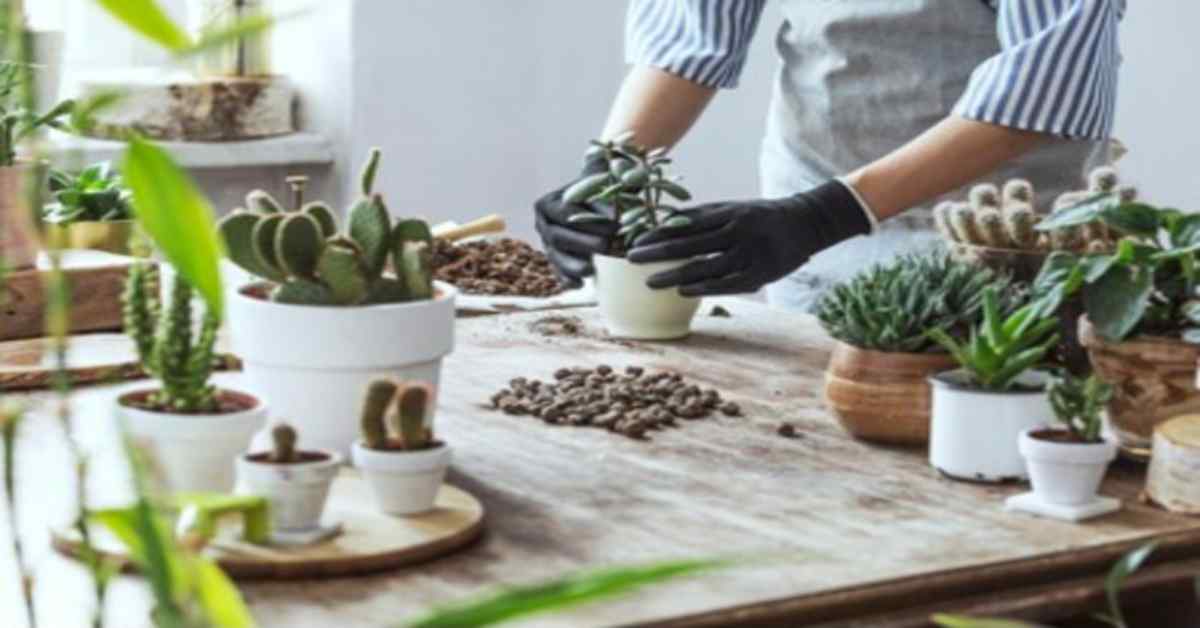

Submit the Form to Unlock the Best Deals Today
Help us assist you better
Check Your Eligibility Instantly

Experience The NoBrokerHood Difference!
Set up a demo for the entire community
Check Out the Best Indoor Succulent Plants for Your Home Garden
Table of Contents
Over the past few years, indoor succulent plants have skyrocketed in popularity, and for good reason. There are countless distinctive kinds available, and even beginners can grow most of them. They can live in settings that are too dry for most other plants because of their unique water-storing tissues, so they will persist even if you neglect to water them for a while. You don't need to make many changes to grow succulents in your living room because they also do well in warm, dry air. They are simple to find at garden centres and nurseries and adapt nicely to life indoors.
While there are many succulents that you can easily grow in your home, these are some of the most popular succulent plants-
1. Aloe Vera

On a short stem, aloe vera develops as a cluster of long, slender leaves. It eventually generates more offsets, or leaf clusters, which can grow into a colony big enough to fill the entire container making it one of the easiest and best succulent plants. When things become too crowded, it is simple to separate them and transfer them to different pots. And even though aloe vera is perhaps best known for the soothing sap that has been used for ages to cure burns and wounds, it does have sharp "teeth" along the margins of its leaves that might cut an unwary bystander, so it needs to be handled with caution. Aloe vera is a resilient houseplant that is simple to grow. Similar to other succulents, it favours drier conditions rather than soil that is always damp.
Quality Service Guarantee Or Painting Free

Get a rental agreement with doorstep delivery

Find the BEST deals and get unbelievable DISCOUNTS directly from builders!

5-Star rated painters, premium paints and services at the BEST PRICES!
2. Panda Plant
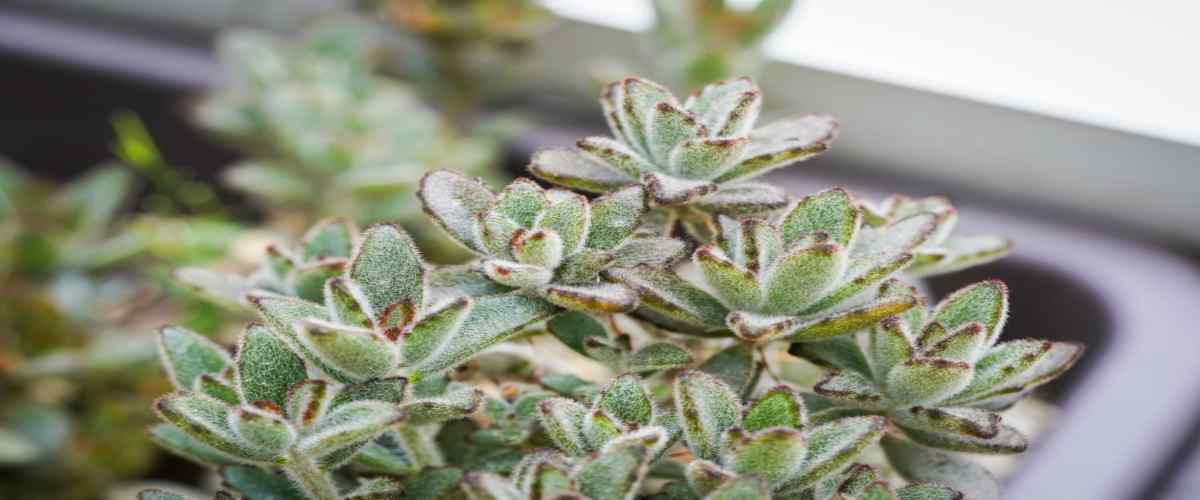
The panda plant has a striking appearance. Panda plants are endemic to Madagascar and have fuzzy, grey-green leaves that are topped with brown or rust-colored dots and covered in silky, silvery hairs. As a houseplant, they can grow to a height of around two feet, although they develop extremely slowly. Allow the soil to dry between waterings and place it near a window for good light. Avoid watering the plant's leaves, as doing so could cause the leaves to rot. The plant also produces flowers. They hardly ever flower indoors, though.
It's a good idea to keep the panda plant in an area that gets both bright indirect light and a few hours of direct sunlight.
Allow the plant to dry out in between waterings and water occasionally.
3. Snake Plant

This traditional succulent houseplant appears to be practically invincible and one of the easiest to maintain. Sansevieria trifasciata, or snake plants, may persist for weeks without water or light without losing their attractiveness. Their roughly three-foot-long, thick, rigid, pointed leaves frequently have snake-like patterning and grow straight up. It will eventually grow into a large clump that fills the entire pot, but it is simple to divide and repot as necessary. Despite tolerating low light, snake plants look their best in medium to bright light. Additionally, they require a little water anytime the soil appears to be dry.
4. Hens & Chicks
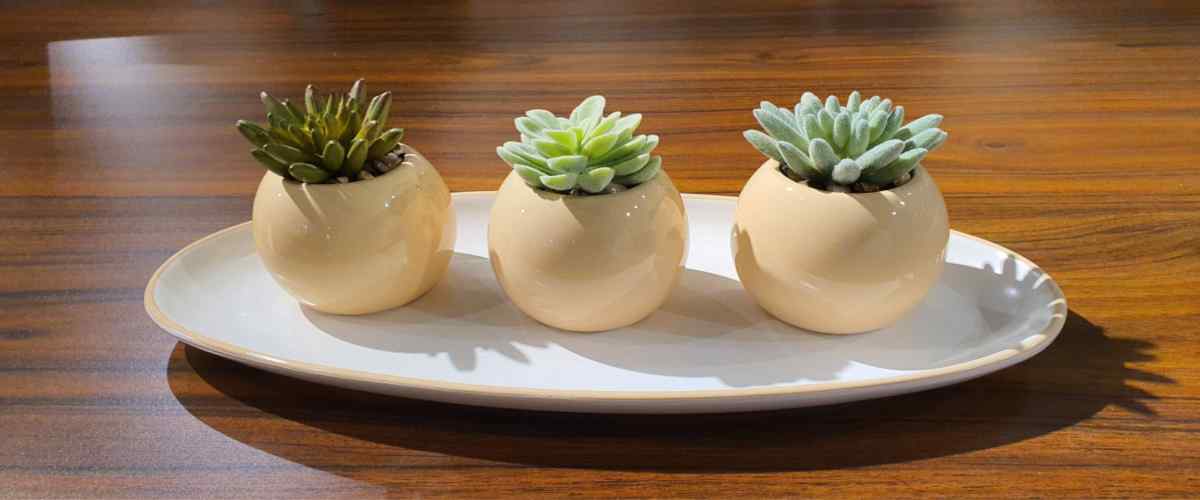
Hens-and-chicks is the common name for two succulent plants. Though they appear quite distinct, they are closely linked. Both generate "chicks," which are little, identical plants that are a little off from the mother plant (the hen). Every year, Echeveria elegans develop flat, rounded-edged rosettes resembling flowers and produce bell-shaped blossoms. Although each leaf of Sempervivum tectorum tends to be flatter and more pointed, it too creates rosettes. Its small blossoms are shaped like stars. These two succulents are particularly enjoyable to collect since they come in so many different variations with unique shapes and colours.
When grown as indoor plants, echeveria and sempervivum share comparable requirements. Due to the likelihood that persistent wetness may cause their stems and roots to decay, both should be given a chance to dry out in between waterings. They'll perform best next to a window in direct sunlight. By removing the chicks and planting the plants in their own containers, you can effortlessly reproduce these succulents. However, to ensure that your plants have the drainage they require, use a sandy potting mixture labelled for cacti and succulents.
5. Burro’s Tail
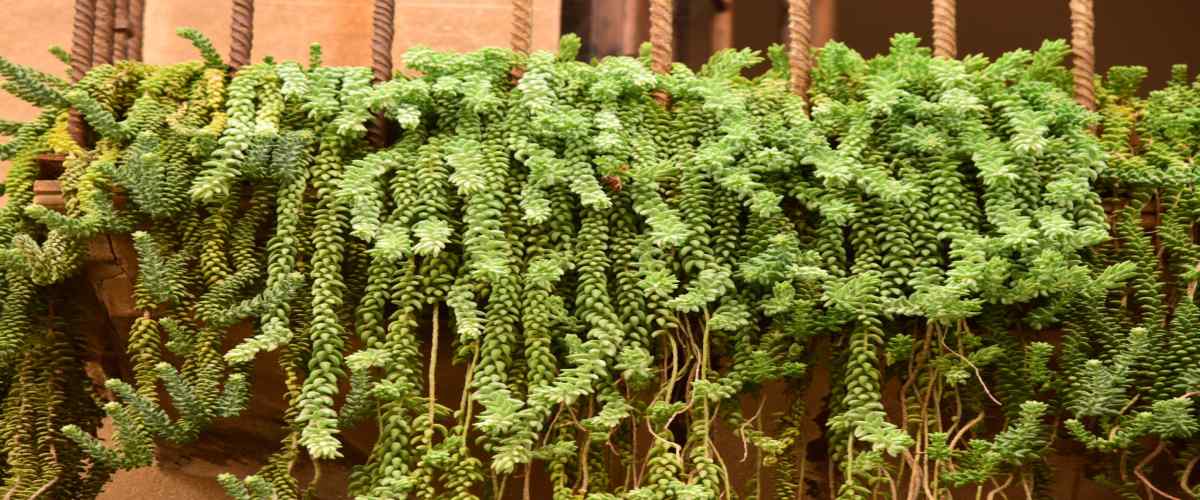
A trailing succulent known as a burro's tail or donkey's tail looks best in a hanging basket or container that is placed on a ledge, shelf, or plant stand so it can hang over. Each three-foot-long stalk is crammed with gray-green leaves that resemble plump grains of rice in size and form. The leaves have a light sheen that disappears when you touch them. It's essential to keep your distance from this plant as much as possible because it has delicate leaves that are prone to dropping off. Bright light is what a burro's tail prefers. When the plant isn't growing as actively as it is in the winter, you can let the soil dry up between waterings.
READ ALSO: Best Living Room Indoor Plants That Every Home Needs
6. Jade Plant
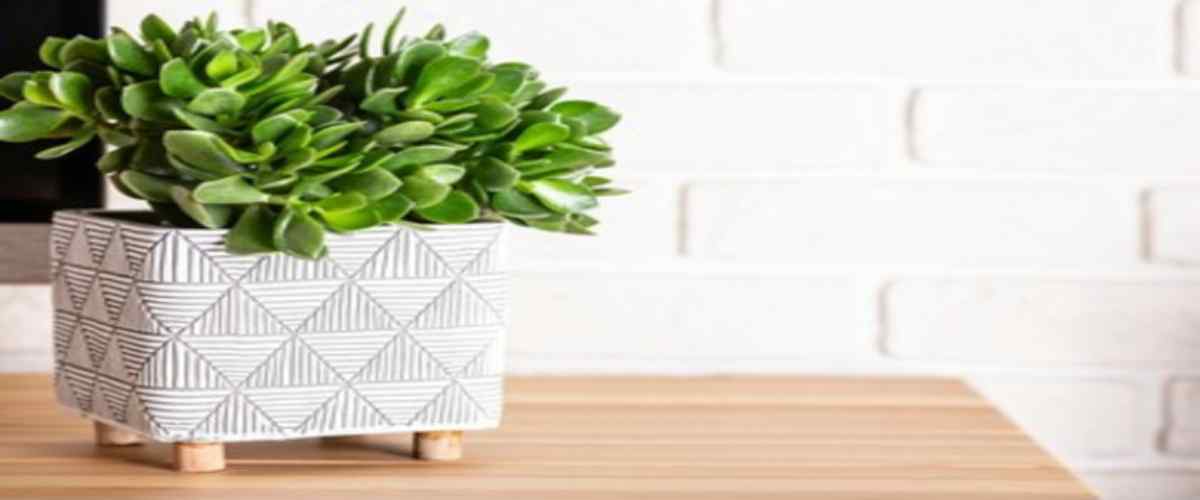
One of the most well-known small succulent plants is the jade plant. When cultivated in full sun, this long-lived South African native develops stocky, branching stems with thick, glossy green leaves that are occasionally tinted with red around the edges. Some varieties feature unusual leaves, such as the "Gollum" variety, which has leaves that resemble green monster fingers. Jade plants can grow to be several feet tall over time, but when planted indoors, they often stay around a foot tall. Planting them in a sturdier pot, like a terra cotta, is a good idea because they can become a little top-heavy. A jade plant needs its soil to be fully dry between waterings in order to thrive.
7. Zebra Cactus
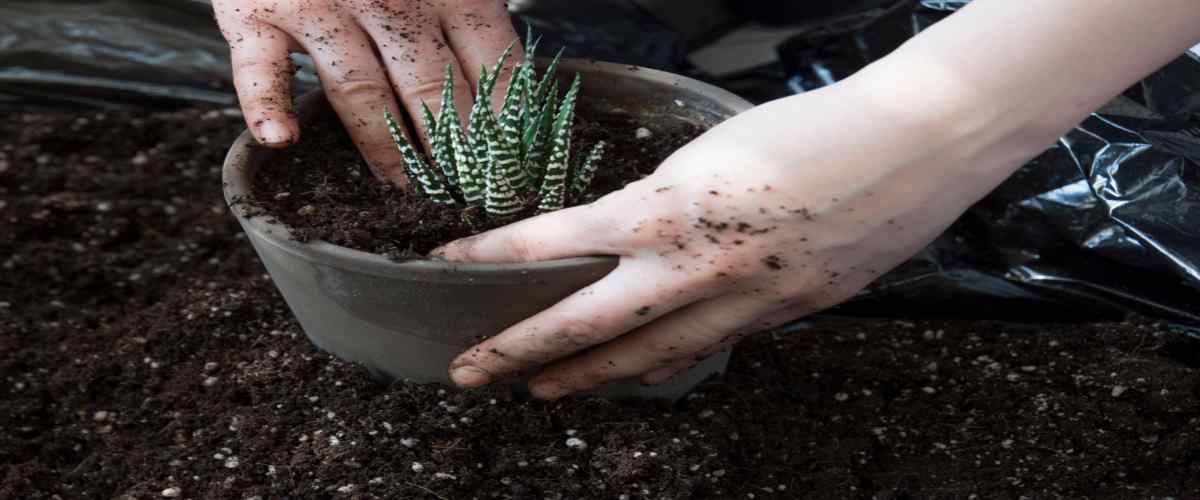
Zebra Cactus is also known as Zebra Haworthia. The stunning stripes and spiky foliage of the zebra haworthia may give the impression that it is a unique and exotic plant, but it is frequently sold at garden centres and is quite simple to grow. This succulent should be placed close to a window so it can receive a few hours of bright, indirect light each day. Allow the soil to become totally dry in between waterings. Zebra haworthia will stay small, growing to a maximum height of around five inches, making it an excellent choice for terrariums or growing alongside other succulents.
8. Lithops
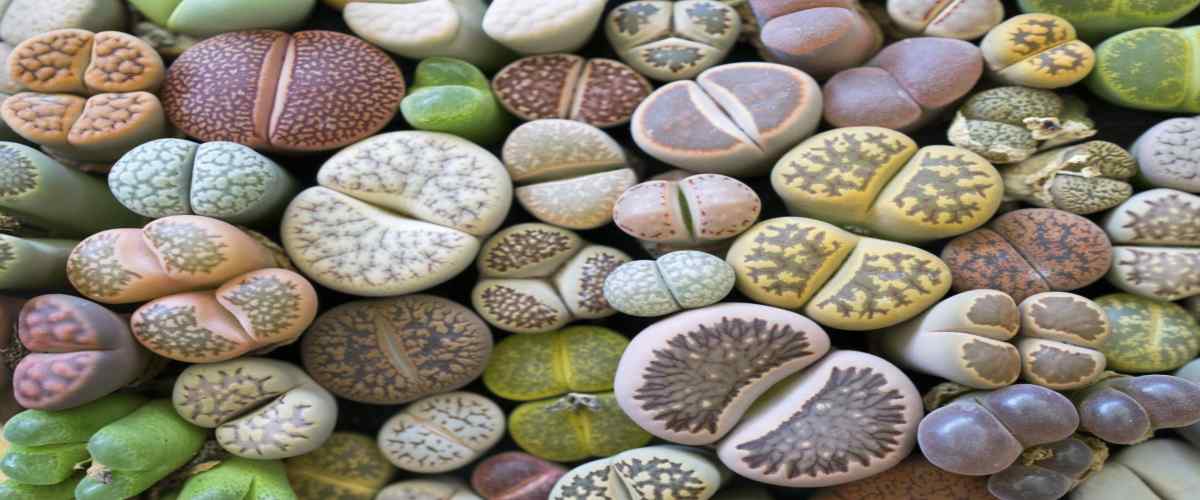
Although lithops plants are frequently referred to as "living stones," they also somewhat resemble cloven hooves. Although they are native to South Africa's deserts, these tiny, split succulents are frequently offered for sale at garden centres and nurseries. Lithops flourish in sandy, compacted soil that receives little water and is quite hot.
This plant's various descriptive names—pebble plants, mimicry plants, flowering stones, and living stones—describe its distinctive appearance and growth pattern.
Keep the plant away from gusts in a bright area. Lithops thrive on poor, well-drained soil. In the winter, stop watering your lithops plants (in cooler zones).
9. String of Bananas
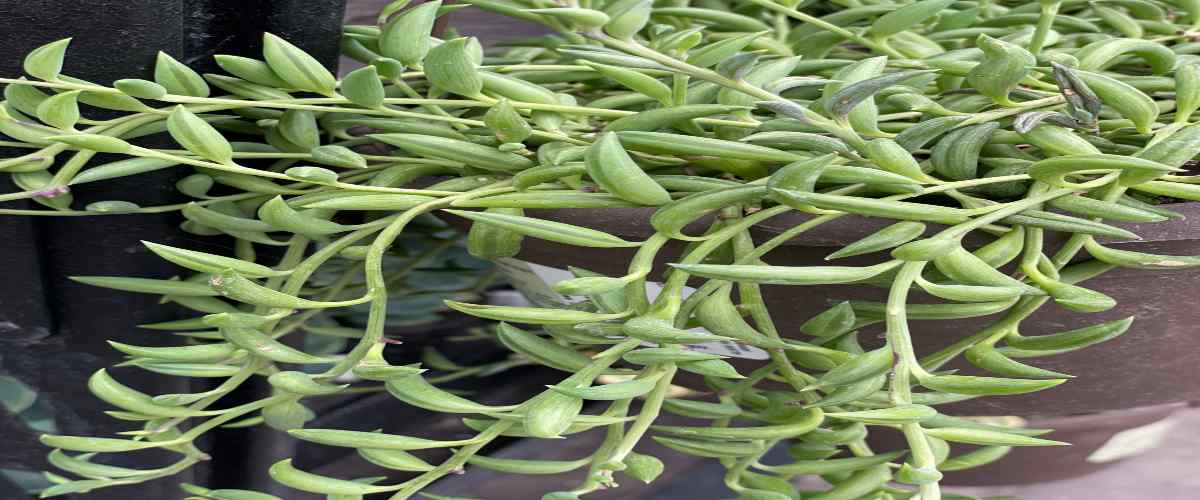
Long tendrils of tiny banana-like leaves are produced by this trailing indoor succulent plant. When grown alone, the plant has a fantastic appearance and needs to be clipped frequently to become thick and full. It also looks stunning when placed in a planter with other succulent houseplants.
Filtered sunlight is required. When the soil feels dry to the touch, water the plant. It thrives in permeable soil with good drainage. Because it is poisonous, you should keep it away from children and pets who might try to eat it.
10. Elephant Foot Palm
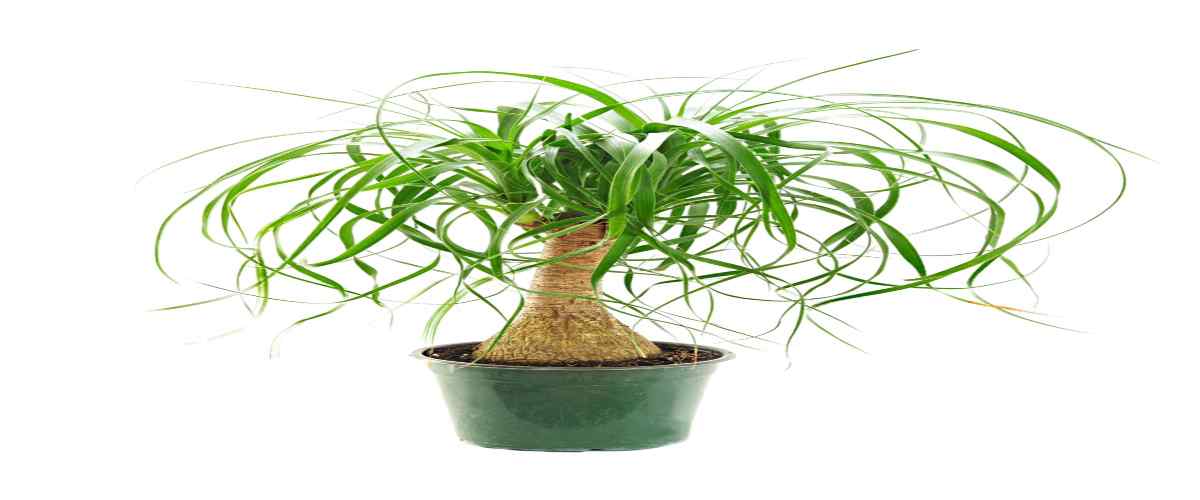
Ponytail palms are succulents rather than palms. One of the best large house succulent plants, it is definitely one of the most attractive indoor plants. It also goes by the name "Elephant Foot Palm" because the water is kept in the base of the swollen stem, which resembles an elephant's foot.
Because of its long, woody-appearing stem and tuft of leathery leaves at the top, ponytail palms (Beaucarnea recurvata) resemble palm trees. Even though they grow slowly and only reach heights of about four feet indoors, they can nevertheless grow to sizes resembling trees (12–20 feet). Even if it may thrive in a variety of indoor environments, it grows best in bright light, warmer temperatures, and low humidity.
11. Christmas Cactus
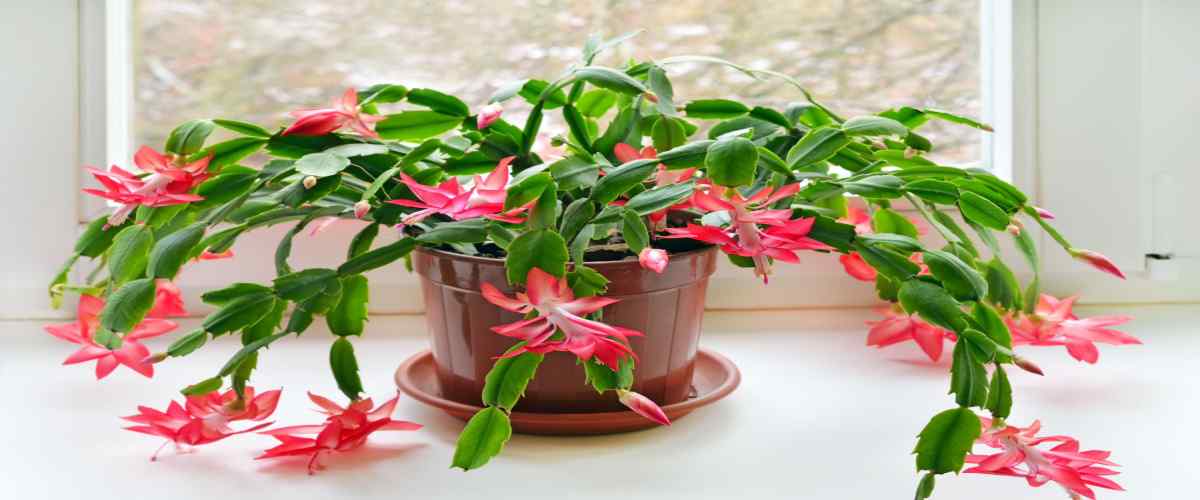
The Christmas cactus lacks spines, unlike other cacti. Its flat, fleshy, segmented stems can grow to a length of a few feet and frequently hang over, giving it the name "crab claw cactus." The top inch of soil in its container should be watered whenever it is dry because it prefers a little bit more moisture than its spiky kin. However, if you don't water it for a bit, it will quickly recover from some drying out. This plant will probably reward you by flowering in the winter if you keep it close to a window and in good light.
12. String of Pearls
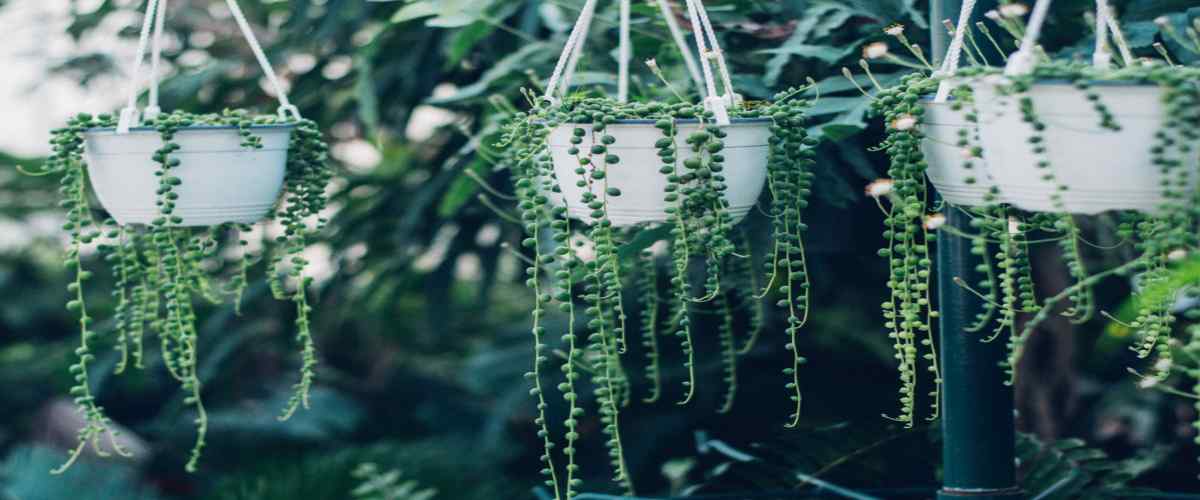
The string of pearls is a remarkable trailing houseplant that looks stunning indoors when grown in hanging baskets. You can experiment with growing it in various containers. Cultivating a string of pearls or beads is quite similar to growing other succulent indoor plants.
Keep the string of pearl plants in a bright area. Although this plant requires little water, warmer climates may call for moderate irrigation.
Indoor succulent plants often require very little care and are a great option for beginners. If you happen to be a seasoned gardener and would like to broaden your horizons, beyond indoor succulents you could always go for a full-blown outdoor garden. Find homes with ample outdoor space to start your garden today. Check out NoBroker’s vast list of beautiful homes with outdoor spaces today!

FAQ's
Ans. Succulent plants sometimes referred to as succulents in botany, are plants that have thickened, fleshy, and engorged portions that typically serve to retain water in arid regions or soil conditions.
Ans. There are about 60 different succulent families and 10,000 different plant varieties, all of which vary in size, colour, and texture. Numerous plant families, like Cactaceae, Crassulaceae, and Aizoaceae, contain several succulent species within their genus.
Ans. No succulent can live in a completely dark environment. Therefore, even if your succulent plants are varieties that thrive in low light, think about buying a tiny desktop grow light if you live in a basement flat, have only a north-facing window, or if your place has no windows at all.
Ans. Proper water- Depending on the season, succulents might have different water needs. Succulents need to be watered if their soil dries entirely throughout the growing season.
Provide ample sunlight- At least six hours per day of direct sunlight are required for succulents to grow. Maintaining succulents outside can be quite simple. However, if you have a succulent indoors, you must keep it in direct sunlight near a window.
Use the appropriate container and soil mixture. The appropriate container and potting soil can make all the difference, whether you're growing your own succulents or purchasing one from a nursery.
Look over your plants- Pest hazards are more likely to affect a succulent. Check your plants frequently to make sure there are no gnats or bugs on them.
Ans. They may enhance your home's humidity, brighten it in any climate, and add fresh oxygen. They can also help to purify the air. They can improve pain thresholds. They can help you concentrate.
Loved what you read? Share it with others!
NoBroker Interiors Design Testimonials
Most Viewed Articles
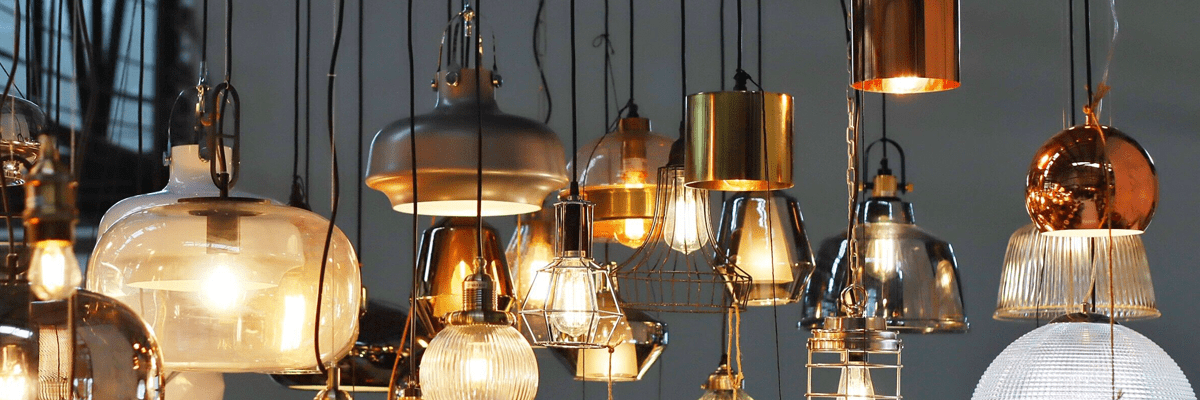
Top Hanging Light Ideas to Illuminate Your House
March 29, 2024
391460+ views

GFRG Panels - A New Technology in Building Construction
August 24, 2023
253763+ views
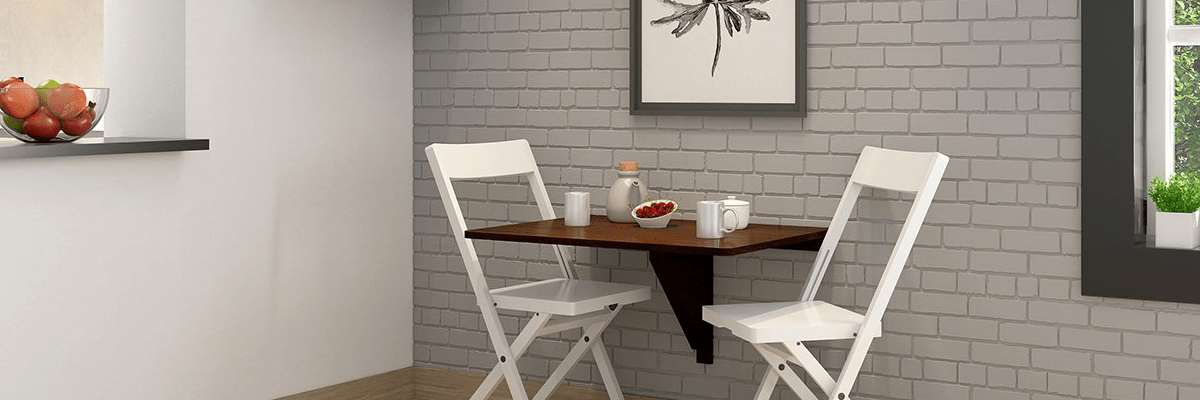
15 Wall-Mounted Dining Table Design Ideas
January 25, 2024
101880+ views

How Mivan Construction Technology Is Transforming the Art of Building!
January 11, 2024
24009+ views
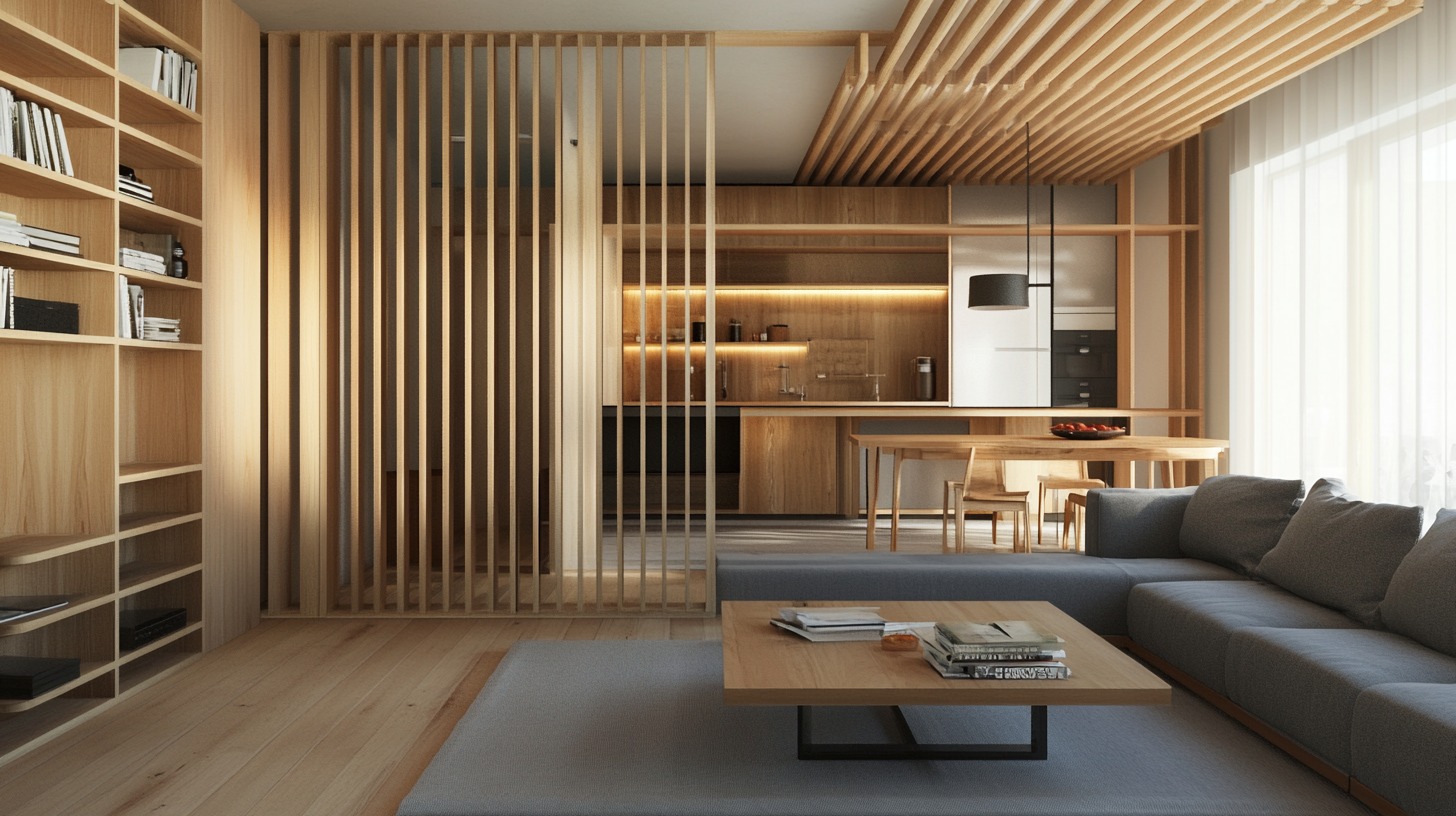
Wooden Partition Walls for Living Room 2024
October 8, 2024
13709+ views
Recent blogs in
15 Best 3D Wallpaper for Bedrooms: Elevate Your Decor with Creative Designs in 2024
October 19, 2024 by Anda Warner
Top 25 Small House Design With Budget: Smart Solutions for Stylish, Compact Living in 2024
October 19, 2024 by Ananth
25 Best Low Cost Simple Kitchen Designs for Your Home
October 15, 2024 by Siri Hegde K
Top 15 Indian Style Small Modular Kitchen Designs in 2024
October 15, 2024 by Manu Mausam
30 Best Creative CNC Cutting Design Ideas and Techniques in 2024
October 15, 2024 by Ananth



Join the conversation!